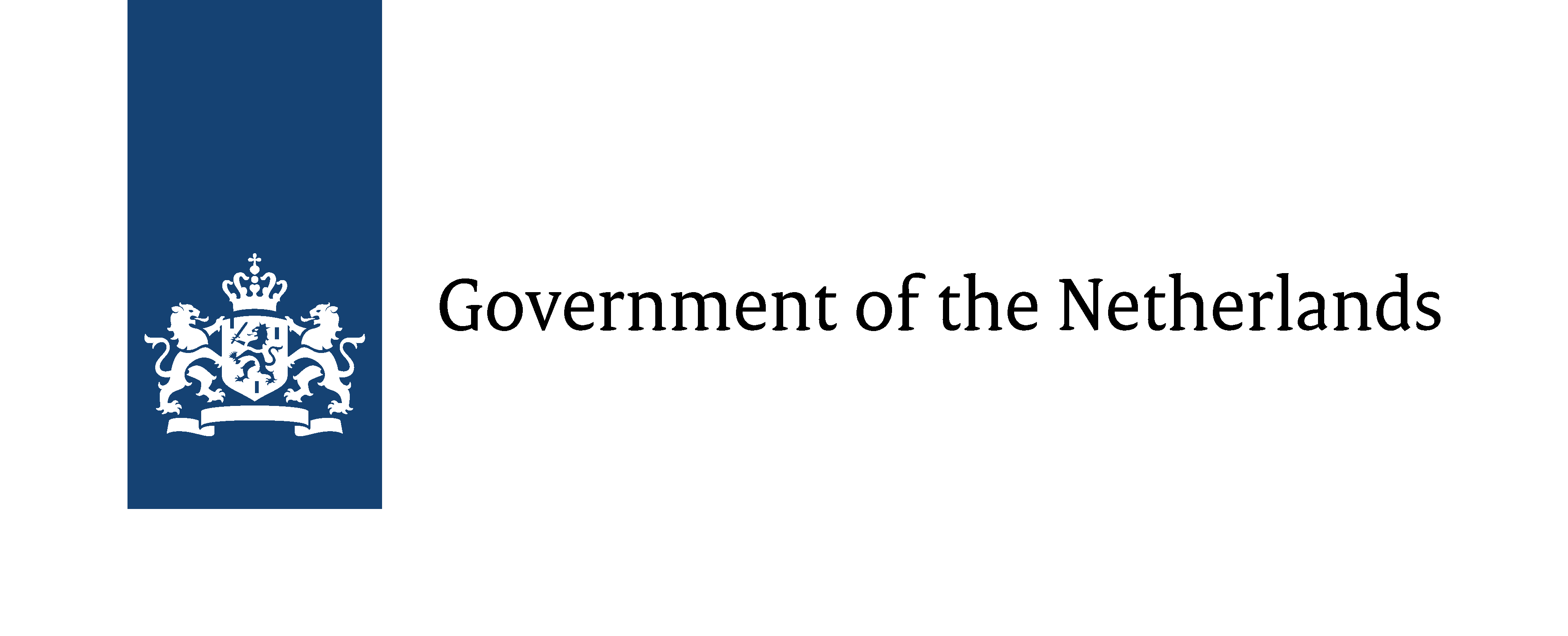
Merits (2023)
Contact
Koninklijk park 1
7315 JA Apeldoorn
Netherlands
Paleis het Loo Nationaal Museum is an ensemble of a late 17th century palace with baroque garden and stable complex from early 20th century. Paleis het Loo is directed to its audience, and an interaction of the palace, gardens, stables and the museum, where the history of the House of Orange and its living culture with a great diversity of activities and exhibitions are being told.
Paleis Het Loo is a palace, built over three hundred years ago in the heart of the Netherlands, close to the town of Apeldoorn. The former royal residence has been open to the public since in 1984 after undergoing substantial restoration work. The sumptuously furnished interiors give an impression of how the Dutch royal family lived here for three centuries. The reconstructed gardens emanate the ambience of their seventeenth century origin with their fountains and elegantly box-lined parterres. The palace’s setting in one of Holland’s most beautiful nature areas makes a visit a real delight at any time of year. The palace museum is comprised of a main building, the Corps-de-Logis, flanked by two pavilions on either side which are connected to service wings around the Bassecourt or main courtyard. The East wing, the former kitchens, are now exhibition areas for parts of the museum’s collection. The upper floor houses the Museum of the Chancery of the Netherlands Orders of Knighthood. The museum staff have their offices in the former Orangery. The West wing, formerly the stables, is used for temporary exhibitions. This wing also houses the Balzaal or Ballroom restaurant. The stables and coach houses are close to the main entrance. When the palace was renovated the 17th century apartments of the original residents, the King-stadholder William III and Queen Mary II, were taken as the point of departure. They are part of a chronological series of interiors devoted to various members of the Dutch royal family of the House of Orange who lived at Het Loo over the centuries, the last being Queen Wilhelmina. The interiors are furnished with items of furniture, objects and paintings that generations of royal family members had around them. The authentic fabrics used for the wall coverings and windows are quite exceptional. The stables at Paleis Het Loo house many of the carriages, sleighs and vehicles belonging to the royal family. When the Queen is in residence at Het Oude Loo a number are regularly used. The horses are accommodated in the left-hand stables which have room for forty horses. Altogether the stables complex can accommodate 88 horses. The Garden Gardens from Het Loo Palace. Photo Paleis Het LooThe characteristic feature of the formal 17th century garden is the strict symmetry of the lay out. Het Loo Palace garden is an excellent example. A number of parterres are grouped around the central axis and these are planted with closely trimmed box hedges in decorative scroll patterns, hence the name broderie parterres. The edging bands or rabatten are filled with a choice selection of annuals and perennials interspersed with topiaried juniper berry bushes, typical of the local Veluwe area. The often rare plant specimens were brought from all over the world by the West India and East India companies for William and Mary. Queen´s garden from Het Loo Palace. Photo Paleis Het LooA garden like this is designed to be viewed as a seasonally changing flower and plant exhibition. Thus, the flowers are planted individually rather than in groups so that each species can be properly seen in all its beauty. To each side of the palace are William and Mary’s private gardens, aptly named the King’s garden and the Queen’s garden. Mary’s garden has a serious collection of centuries-old citrus trees which are on display in tubs between May and October. Their fruit and their blossoms combined represent a symbol of the House of Orange. Fountains Venus fountain in the garden of Het Loo Palace. Photo Paleis Het LooThough the gardens at Het Loo were of modest proportions compared to those of Versailles, the waterworks enjoyed great renown for permanently spouting fresh groundwater diverted from the surrounding higher lying hills. Moreover, the King’s Fountain at the rear of the Upper garden which rose to 13 metres was the highest spouting fountain in Europe. The fountains run from April to October. Garden statues Garden statue in the garden of Het Loo Palace. Photo Paleis Het LooThe garden statues, gods and goddesses from the Greek myths, all have to do with the growth and flourishing of the garden and are dedicated to celebrating the achievement of creating such a oasis of delight in an originally arid heath land. Venus, the goddess of love, takes centre stage as the driving force behind it all. A garden for all seasons Some of the plants at Het Loo change every year, both in the spring and in the summer. The aim is to achieve the most accurate possible reconstruction of the original garden. The splendid colour of the flowers in the spring and summer, Gardens of Het Loo Palace in winter. Photo Paleis Het Looand often in the autumn as well, contrast with the marvellous effect of snow on the decorative patterns of the box parterres in the winter. The best view of the gardens is from the small surrounding banks and of course from the palace roof, a view that can only be enjoyed on Wednesdays in June, July and August. The gardens consistently render a visit to Het Loo Palace a special experience, even if their splendour is only reflected in the historic flower arrangements placed throughout the interior.

